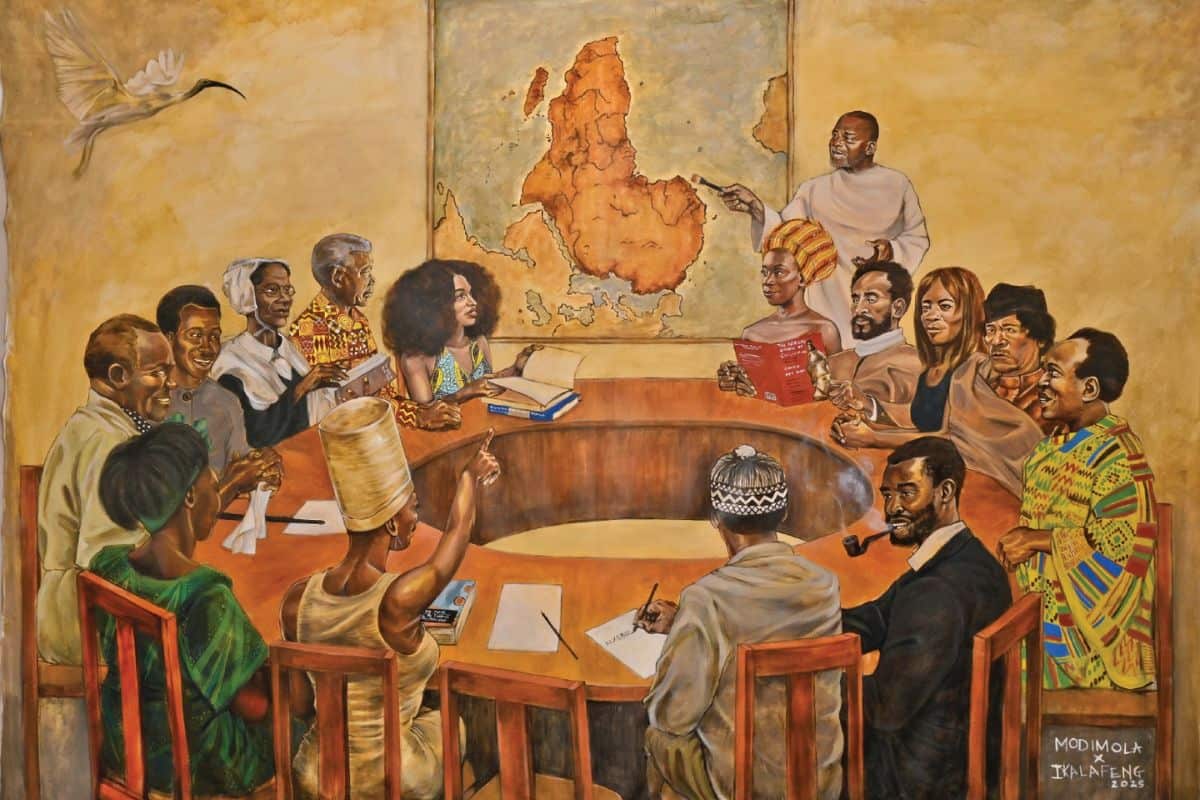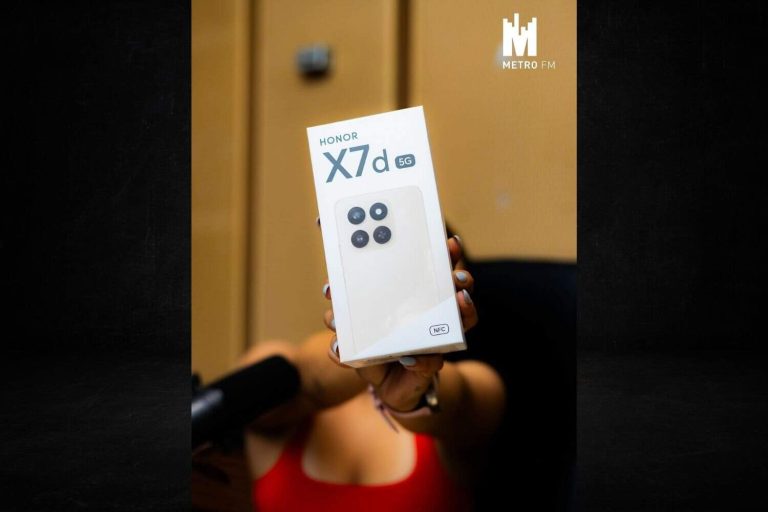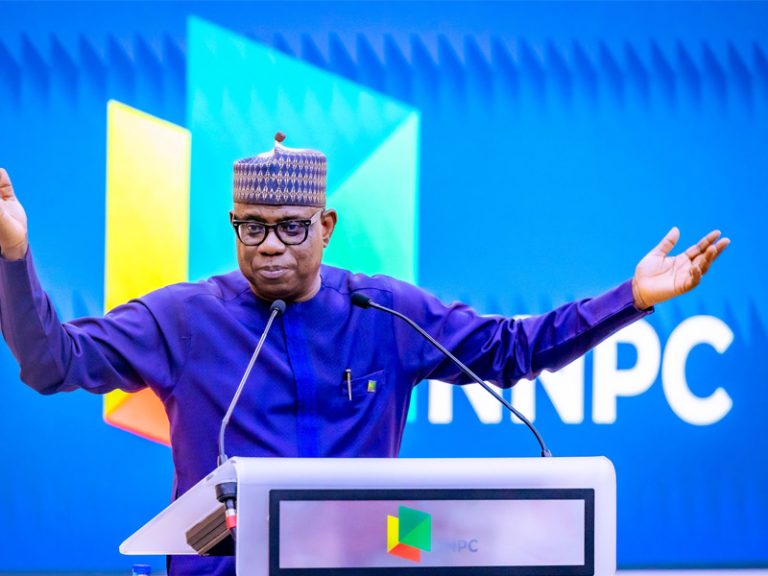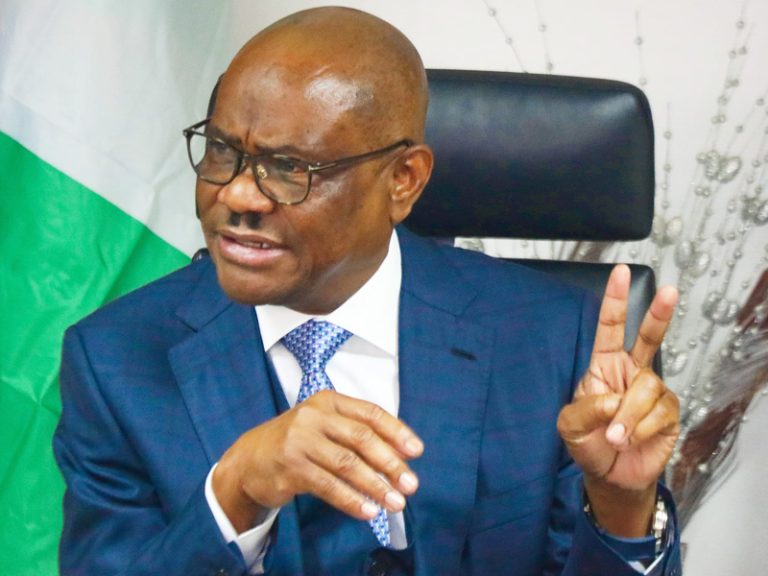
Many Africans have pondered the infamous 1884 Berlin Conference; however, many of those thoughts remain just there, in the imagination, fuelled by anger about the conference’s results.
However, in his pursuit of shaping the African narrative and driving African prosperity and unity, brand expert Thebe Ikalafeng has reimagined the continent’s future through the Africa Re-Union painting.
“I wanted to reimagine the continent, and part of reimagining the continent, I said I wanted to reclaim our agenda, to reclaim our narrative,” Ikalafeng tells The Citizen.
The 3m x 2m canvas reverses the context of the infamous 1884 Berlin Conference—where Africa was carved and divided without consent—by restoring the continent as author of its own story and architect of its own destiny.
“We are sitting at a table we didn’t set. When you come and sit at a table that you did not set, then you are on the menu. We are trying to impose our agenda on an agenda that is already on the go,” he says.
The idea for the painting was conceived by Ikalafeng, with South African artist Mark Modimola creating the artwork through painting and drawing.
It is provocative, littered with metaphors that speak to the continent’s past, present and future. The painting was unveiled at the FNB Art Joburg in September.
ALSO READ: Thebe Ikalafeng honoured with EMY award for leading brand revolution in Africa
Africans at the convention
Individuals seated around the table include Ghana’s founding president, Kwame Nkrumah; Senegalese thought leaders Léopold Sédar Senghor and Cheikh Anta Diop, proponent of the United States of Africa; Muammar Gaddafi; and Nigerian writer Chimamanda Ngozi Adichie.
Ikalafeng said the reason behind the table being round is that he wanted it to represent equality.
“It didn’t matter whether you are Nelson Mandela…or whether you are Haile Selassie, who fought the Italians, or whether you are just Zulaikha Patel, who fought for the right to have your hair,” shared Ikalafeng.
“We needed to honour the past, we needed to be mindful of the present, and we needed to create space for the future.”
The empty chair in the painting symbolises unborn contributors in the future or people who one may think are missing.
“The conversation will never be complete for the continent until every one of us feels that they can contribute to the agenda.”
“I wanted people who have contributed different things to the African story,” says Ikalafeng about the criteria of the featured individuals.
“Kwame Nkrumah with his African identity, Miriam Makeba, who brought the artist’s voice to the challenges of the continent – remember, Miriam is the first artist to speak at the UN – and Wangari Maathai, who spoke about sustainability and conservation,” shares Ikalafeng.
There are subtle messages in the painting that don’t immediately stand out, such as the seated figures.
There’s a copy of Credo Mutwa’s Indaba My Children on the table in front of Makeba, while there’s a drawing of the ibis bird in the painting.
The inclusion of the bird originated from Ikalafeng, who noted that Modimola’s work always features a bird.
“The ibis is a messenger of goodwill… We want this bird to take the story to the rest of the world that Africa is whole again, Africa is free and Africa is independent.”
Another interesting detail of the painting is that the map is placed upside down and without border lines.
“Part of reimagining is to think differently, right… I said [to the artist], ‘Let’s remove things that impede us, borders’,” said Ikalafeng.
“The territorial fights of Africa are notorious; the religious fights of Africa are notorious.”
Accessible to Africans
The original canvas will not be sold.
“I said if we auction it, somebody is going to buy it; they are either gonna keep it in storage, or they’re gonna keep it in their house, or they’re gonna keep it away from Africans,” avers Ikalafeng.
Ikalafeng has instead gifted it to the UNISA Art Gallery, ensuring the work lives where Africa’s future is being studied and shaped.
The institution is literally the biggest university on the continent; Africa Re-Union will be preserved not as a commodity, but as a covenant — a manifesto for generations to come.
Only 2063 signed, limited reproductions will be made available to ensure the conversation goes far. The number serves as a reminder of the AU’s Agenda 2063 for an integrated, peaceful, and prosperous Africa.
NOW READ: SA author Zakes Mda to get a share of $1.5bn after winning case against AI company



